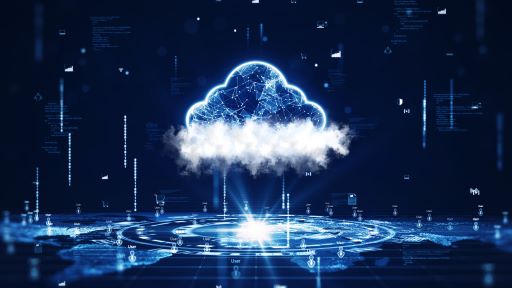As businesses become more digitized, the need for efficient and reliable data storage solutions is becoming increasingly important. For many companies, the decision between edge computing and cloud computing can be a difficult one. This blog post will provide an overview of both technologies so that you can make an informed decision as to which option best suits your business needs.
What is Edge Computing?
Edge computing is a distributed IT architecture in which data processing and storage are shifted away from centralized data centers and closer to where users are located. This means that devices at the “edge” of the network, such as smartphones or IoT sensors, will process data locally before sending it back to the cloud or other centralized location. By moving data processing closer to its source, edge computing reduces latency and improves response time while also reducing strain on the existing network infrastructure.
What is Cloud Computing?
Cloud computing is a type of distributed IT architecture in which applications and services are hosted by third-party providers in remote (often off-site) data centers. These cloud-based services offer scalability, agility, and cost savings for businesses that do not want to invest in the hardware necessary for their own on-premises infrastructure. Cloud platforms also typically offer access to high performance technologies such as artificial intelligence (AI) and machine learning (ML).
Advantages of Edge Computing vs Cloud Computing
The major advantages of edge computing over cloud computing include lower latency times (since all processing takes place locally), higher throughput rates, improved security due to local encryption, better privacy due to localized storage, reduced bandwidth needs due to less reliance on external resources, and better fault tolerance due to fewer points of failure.
The primary advantage of cloud computing over edge computing is its scalability; with cloud services you can easily scale up or down depending on your needs without having to purchase additional hardware or software licenses. Additionally, many cloud providers offer access to advanced technologies such as AI/ML at a lower price point than what you would pay if you had implemented them yourself on your own infrastructure.
Both edge computing and cloud computing have their own unique benefits when it comes to providing reliable data storage solutions for businesses. However, the choice between them ultimately depends on the specific needs of the organization and whether they require low-latency or scalability above all else. By understanding these two technologies and weighing their respective advantages against each other, you can make an educated decision about which one best serves your organization’s goals.


4 thoughts on “Edge Computing vs Cloud Computing: A Comprehensive Guide”